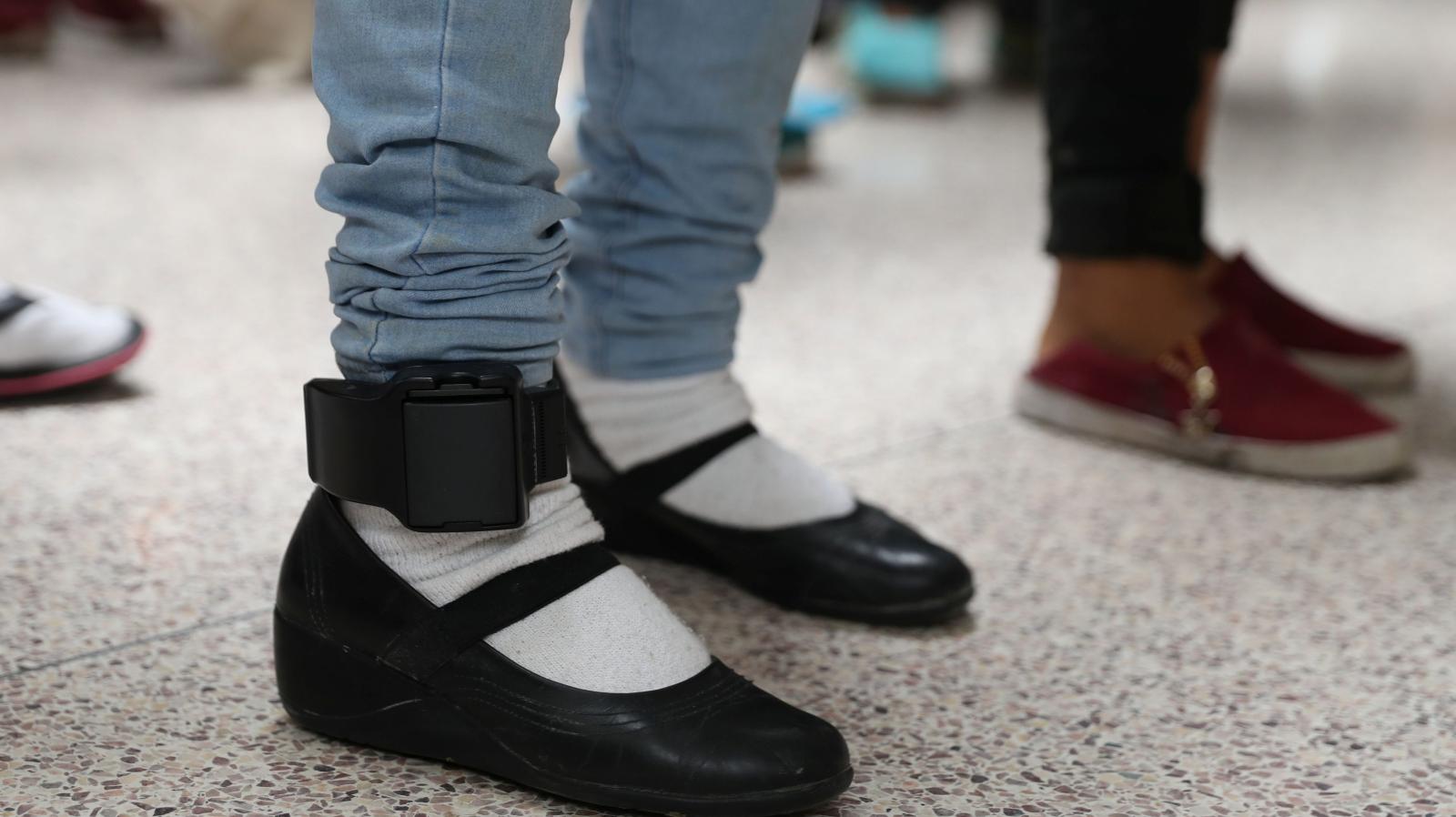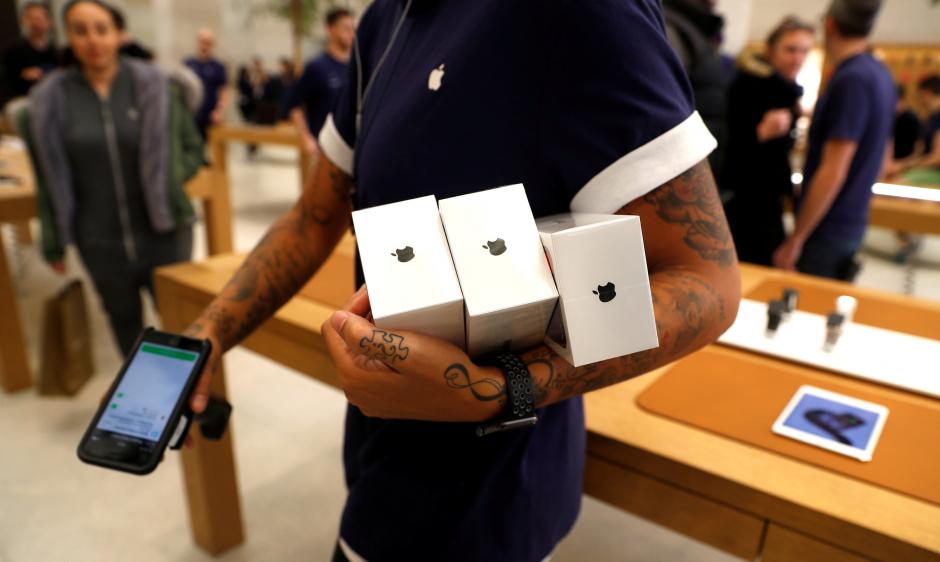Teen Dies After Intense Bond with Character.AI Chatbot
A Florida teenager who formed a deep emotional bond with an AI chatbot took his own life after months of intense daily interactions on Character.AI, a leading AI companion platform. Sewell Setzer III, 14, exchanged his final messages with “Dany,” an AI character based on a Game of Thrones figure, before dying by suicide on February 28. His mother, The New York Times reports, plans to file a lawsuit against Character.AI, alleging the platform’s “dangerous and untested” technology led to his death.
Character.AI, valued at $1 billion and claiming 20 million users, in response said it would implement new safety features for minors, including time limits and expanded trigger warnings for self-harm discussions. The company’s head of trust and safety Jerry Ruoti said they “take user safety very seriously.”





